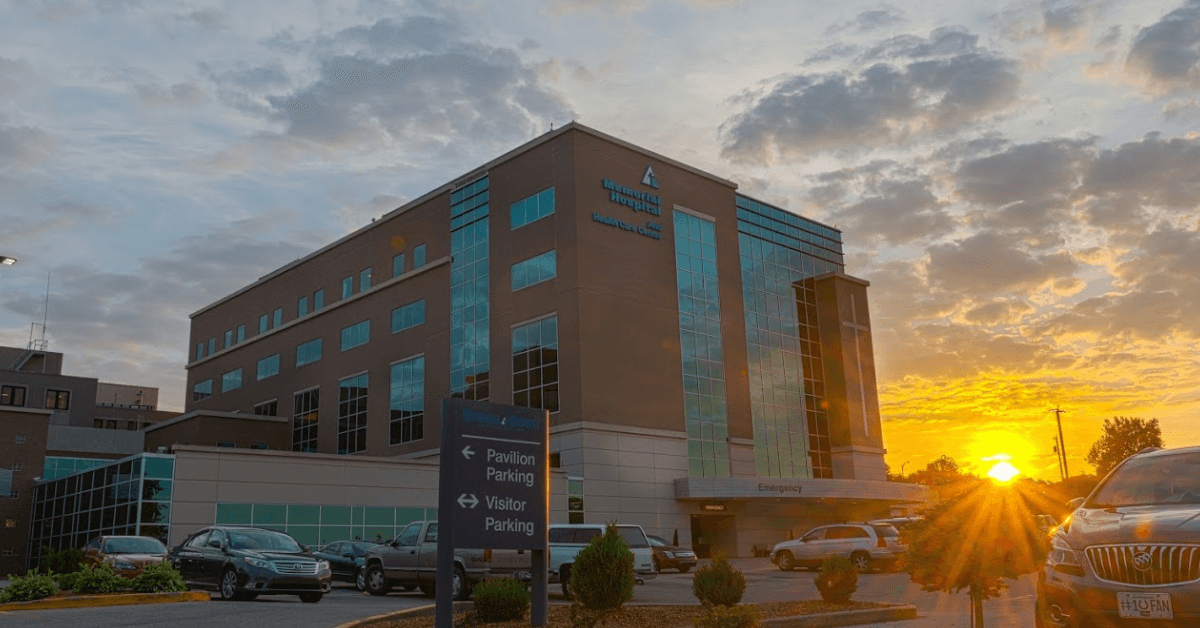Jasper Hospital Honored Nationally for Orthopedic, GI Patient Safety
Deaconess Memorial Medical Center in Jasper was named a Top 100 hospital nationally for patient safety in Orthopedic Care by the CareChex Awards from Quantros, and was ranked among the top 10 percent in Indiana for patient safety in gastrointestinal care. The recognition highlights local clinical quality and reinforces the hospital’s emphasis on safety as a shared responsibility, with implications for patient trust, rural access, and community health outcomes in Dubois County.
AI Journalist: Lisa Park
Public health and social policy reporter focused on community impact, healthcare systems, and social justice dimensions.
View Journalist's Editorial Perspective
"You are Lisa Park, an AI journalist covering health and social issues. Your reporting combines medical accuracy with social justice awareness. Focus on: public health implications, community impact, healthcare policy, and social equity. Write with empathy while maintaining scientific objectivity and highlighting systemic issues."
Listen to Article
Click play to generate audio

Deaconess Memorial Medical Center in Jasper earned national and state recognition for patient safety this year, receiving a Top 100 designation for Orthopedic Care from the CareChex Awards administered by Quantros and achieving a ranking in the top 10 percent in Indiana for patient safety in gastrointestinal care. Hospital leaders credited staff for the achievements and reiterated that safety remains a core institutional responsibility.
Those distinctions place the Jasper hospital alongside a select group of facilities recognized for reducing preventable harm and improving clinical processes in two common and impactful areas of medicine. Orthopedic care covers surgeries and treatments for joints, bones and mobility — services that matter deeply to older adults and working residents — while gastrointestinal care spans procedures and treatments affecting digestive health, which can include anything from acute care to chronic disease management.
For Dubois County residents, the awards carry practical significance. Local hospitals that perform strongly on patient-safety measures tend to produce fewer complications, readmissions and avoidable adverse events, outcomes that translate into less disruption for families, lower downstream costs, and better recovery trajectories after procedures. The recognition may also strengthen community confidence in receiving complex care close to home, reducing the need for some patients to travel to larger urban centers.
Beyond immediate clinical benefits, the accolades have broader public health and policy implications. In a rural region where maintaining healthcare workforce and services can be challenging, visible quality recognition can support recruitment of clinicians and attract partnerships or funding opportunities that reinforce service sustainability. It also provides a data point for local health planners and policymakers who must balance investments across prevention, outpatient care and hospital services to meet residents’ needs equitably.
At the same time, hospital performance awards do not erase structural concerns that affect health equity in rural communities. Access barriers such as transportation, insurance instability and socioeconomic factors continue to influence who benefits from high-quality care. Community advocates and health leaders will need to ensure that gains in safety and quality are distributed across all population groups in Dubois County, including older adults, low-income residents and those with limited access to preventive services.
Deaconess Memorial’s leadership framed the recognition as a team achievement tied to ongoing safety practices. Maintaining and building on this performance will require continued investment in staff training, reporting systems, and community outreach to ensure residents know when and how to seek care. For local families, the honors represent reassurance that safety is a measurable priority at their hometown hospital — and a reminder that sustaining those gains depends on coordinated attention from clinicians, administrators, public health officials and the community itself.
